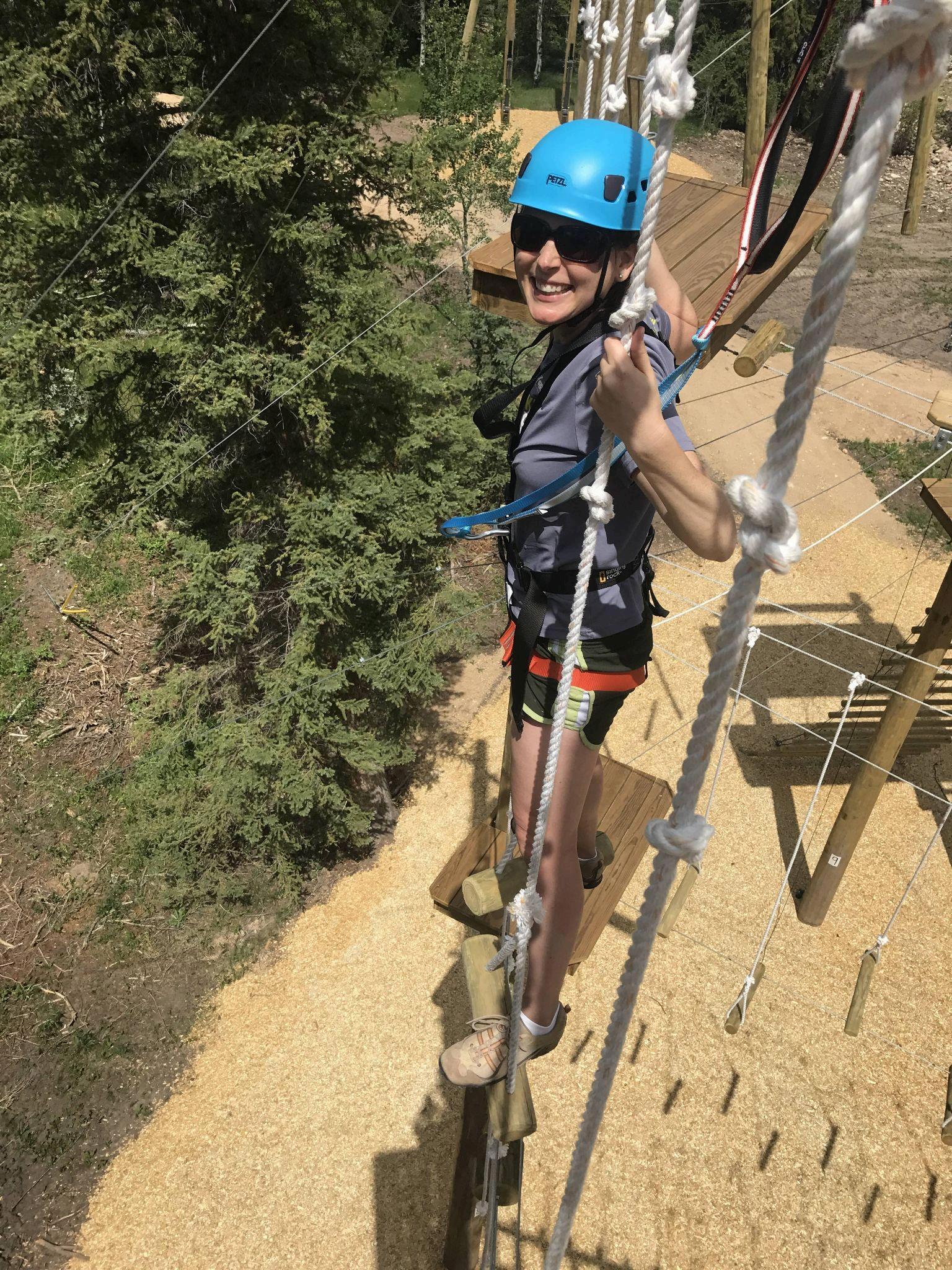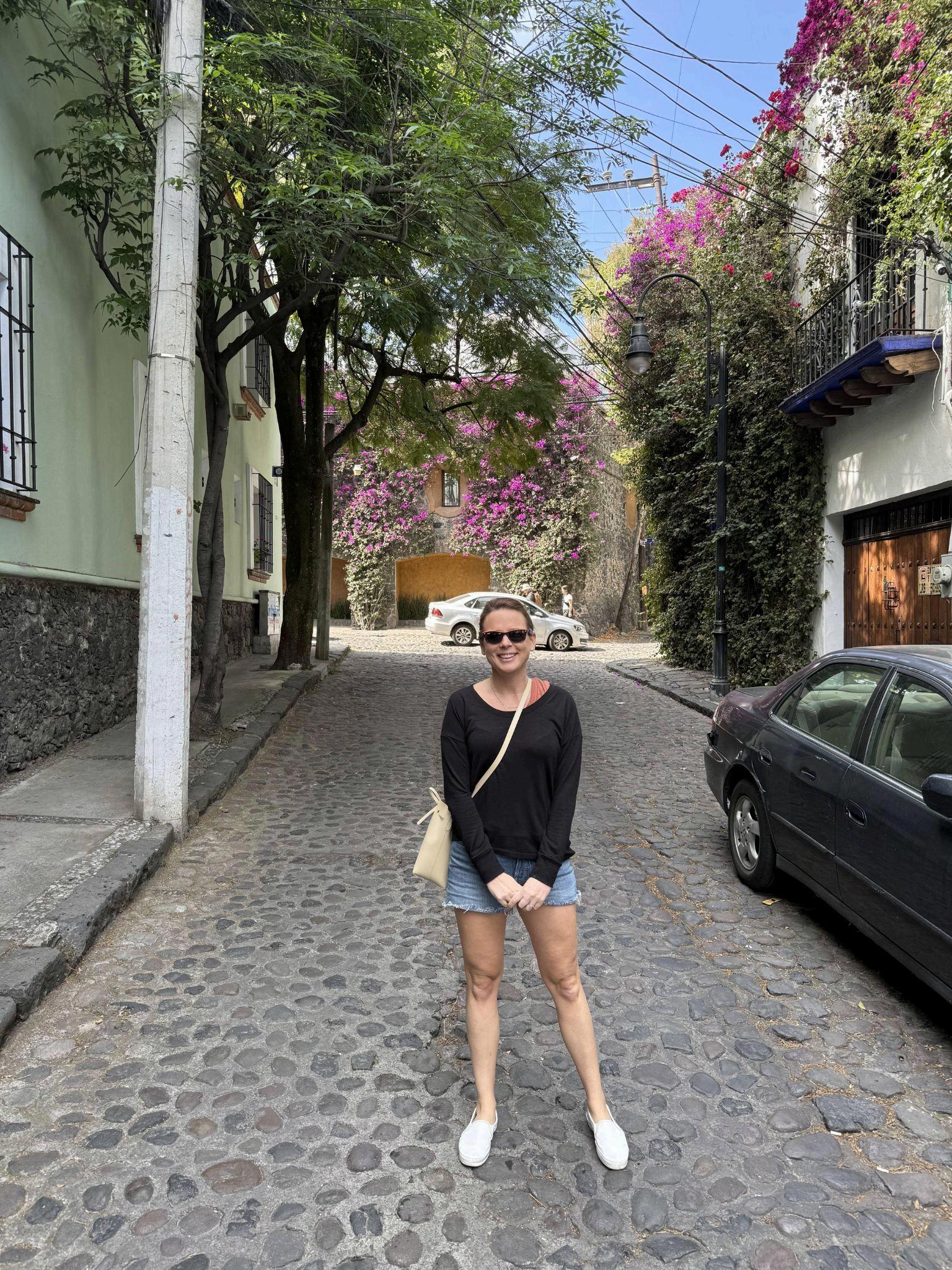Ancient Ruins in Desert Landscapes: A Timeless Quest by
Alison Schrag

Alison Schrag believes that the first glimpse of ancient ruins in a desert landscape can feel like a mirage resolving into certainty. Wind scores the rock. Sunlight turns sandstone towers the color of embers Silence settles where marketplaces and caravan bells once filled the air Visitors arrive seeking history and leave with something quieter, a sense that time moves differently where water is scarce and horizons run unbroken. In these places, stone preserves human intention better than paper Masonry outlives empire, and even collapsed walls hold the pattern of hands that stacked them To stand beside a weathered gate is to feel the presence of traders, guards, and pilgrims who crossed the same threshold, guided by stars and stories that still cling to the wind
Travelers chasing ancient ruins along forgotten caravan routes learn this lesson fast. Cities that flourished beside wadis or seasonal rivers now sit miles from living water Their gates, once crowded with merchants, open onto seas of sand rippled by a restless wind. Yet clues remain in
every shard and lintel You might trace a chisel mark that matches a workshop style hundreds of miles away, or spot petroglyphs that map stars used by camel caravans. Even the alignment of buildings tells a story of faith and climate, with temples angled toward solstice light and homes tucked behind windbreaks. The desert simplifies the scene, stripping away later clutter so that foundations speak clearly about trade, belief, and survival.

These historical desert landscapes are fragile archives Salt crystals pry apart ancient brick, and rare floods carve away the edges of citadels Foot traffic can be as destructive as a storm Sustainable tourism asks visitors to keep to marked paths, skip souvenir hunting, and work with local guides who protect both heritage and livelihoods A good guide reads the ground like a book, pointing to pottery temper, the high polish on a threshold, or the telltale scatter of beads near a former market Such details may seem small, but they connect a visitor to the larger archaeological record, a record that depends on restraint as much as discovery
In the early morning, light lays a gentle gloss across eroded stairs and fallen capitals Photographers call this the golden hour. Historians might call it a second awakening, when inscriptions and tool marks stand out in low relief Searchers for meaning notice small things, like the way a doorway frames the pale sky or how an acacia casts precise shade on a cistern mouth. Add the soft pad of lizards, the metallic scrape of a raven, and the scene becomes fully present Desert ruins are not empty They host a living ecology that has adapted to heat and scarcity, reminding visitors that people once did the same.

Because heat rules the day, every desert journey follows a rhythm Hikes begin before dawn, with scarves for dust and wide hats for glare Water planning shapes the itinerary Oasis towns provide rest and context; their gardens prove that ingenuity can coax sweetness from arid soil. Here, museums and community centers interpret artifacts recovered from nearby sites Exhibits pair amphora fragments with trade routes, weaving fragments with burial customs, and meteorite iron with ceremonial blades. Understanding these connections enriches the view of the site, transforming scattered stones into rooms, kitchens, kilns, and shrines that once pulsed with ordinary life.
Not every reward is visual. Many travelers describe an emotional hush, the relief of facing a skyline free of wires and towers At night, stars burn with a candor modern cities conceal It becomes easy to imagine astronomer priests plotting seasons, or potters watching for dawn to judge kiln temperature. This imaginative empathy, anchored by careful observation, is the heart of responsible exploration Ancient ruins in desert landscapes invite humility and curiosity Leave the site tidier than you found it, share the history with respect, and support local stewards. Do these things, and the desert will give back what it gives best, a clear sense of continuity between the past and the path under your feet

Before setting out to explore ancient ruins, study local regulations, seasonal weather, and community advice. Carry more water than you think you need, pack a satellite map, and learn how to tread lightly on cryptobiotic soil Preparation deepens appreciation, turning a scenic stop into a respectful encounter with living heritage
